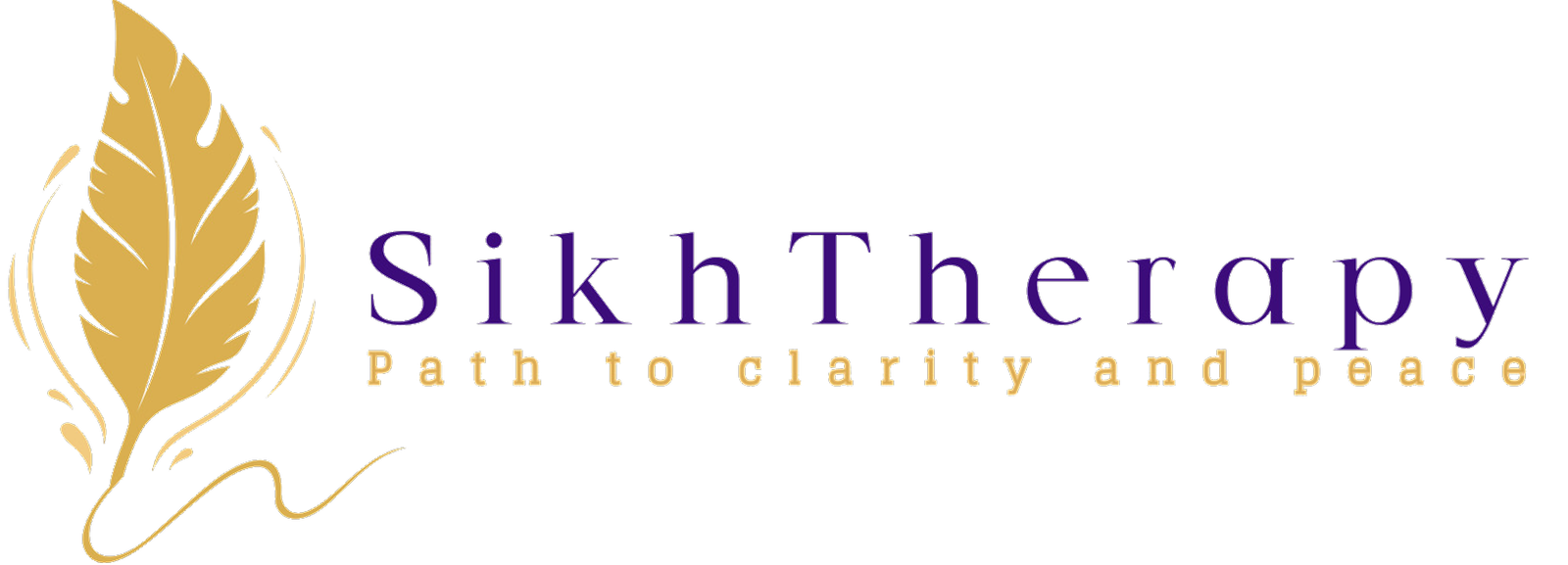Autism
- Home
- Autism
What is Autism?
Autism, also known as Autism Spectrum Disorder (ASD), is a developmental condition that affects how individuals process information. People with autism typically experience challenges in social interaction and communication, exhibit restricted interests, and engage in repetitive behaviors. Sensory sensitivities, such as discomfort or heightened reactions to certain lights, sounds, or textures, are also common.
Autism is a spectrum disorder, meaning its symptoms and severity can vary widely from person to person. While Asperger’s syndrome, previously a distinct diagnosis, is now considered part of the autism spectrum (referred to as “high-functioning autism”), the term is no longer officially used in medical diagnosis. Autism generally presents by age two and is diagnosed more frequently in males, though females are often underdiagnosed or misdiagnosed. Over the past two decades, the rate of autism diagnoses has increased, though it remains unclear whether this is due to a true rise in prevalence or better recognition of the disorder.
There is currently no cure for autism, and not everyone with autism seeks medical intervention. Many individuals with autism argue that it should not be seen purely as a disorder to be treated but rather as a different way of experiencing and interacting with the world. For individuals on the more severe end of the spectrum, targeted therapies and interventions can help manage symptoms and improve quality of life.

Symptoms of Autism
Autism Spectrum Disorder (ASD) presents a wide range of symptoms, which vary in severity from person to person. One consistent aspect is the impairment in social and communication skills. Some children with autism may not speak at all and remain non-verbal throughout their lives, while others may only experience mild social difficulties.
Common early signs of autism may include:
Social and Emotional Challenges: Infants with autism may avoid eye contact, not respond to their name, or show difficulty forming emotional connections or bonding with caregivers.
Communication Difficulties: Children with autism may have delayed speech development, struggle with verbal and non-verbal communication, or find it hard to engage in reciprocal conversations.
Restricted Interests and Repetitive Behaviors: Many children with autism display intense focus on specific topics or activities. They may also engage in repetitive movements, such as hand flapping, body rocking, or making repetitive sounds. Some children may repeatedly arrange or stack objects in a specific order or pattern.
Sensory Sensitivities: Children with autism may be unusually sensitive to sensory stimuli like certain sounds, textures, tastes, or smells, which can cause distress or discomfort.
While the presentation of these symptoms can vary greatly, early intervention and therapy can help improve outcomes for children with autism.

Causes of Autism
The exact causes of autism are not fully understood, but several factors may contribute to its development:
Genetics: Autism tends to run in families, indicating a genetic link. Children with a sibling with autism are at higher risk.
Parental Age: Older parents, particularly older fathers, are more likely to have a child with autism.
Low Birth Weight: Very low birth weight is a known risk factor for autism.
Genetic Conditions: Autism is more common in individuals with genetic conditions like Fragile X syndrome or tuberous sclerosis.
While these factors increase the likelihood of autism, they do not guarantee it, and further research is needed to fully understand the condition’s causes.
Treatments for Autism
There are several approaches for managing autism, and early intervention can be particularly effective:
Therapies: Highly structured behavioral, cognitive, and communication therapies can help children with autism develop skills. Programs like Applied Behavior Analysis (ABA) are widely used and effective in improving functioning.
Medications: While no medication can cure autism, psychoactive drugs, such as antidepressants, antipsychotics, and anticonvulsants, may help manage symptoms like anxiety or seizures.
Educational Support: School-based programs designed for children with autism can improve intellectual functioning and provide necessary support.
Autism and Related Conditions
Autism often coexists with other medical and mental health conditions, including ADHD, anxiety, depression, epilepsy, and gastrointestinal issues. Addressing these conditions is key to improving quality of life.
Parenting a Child with Autism
Parents may need to navigate various services, advocate for their child’s needs in educational and medical settings, and manage financial and emotional challenges. Support resources are available to help parents.
Autism at School
Children with autism are entitled to educational services tailored to their needs, including individualized education plans (IEPs). Parents play a crucial role in ensuring that their child receives the necessary support.
Autism in Adulthood
Some individuals are diagnosed with autism in adulthood, leading to greater self-awareness. Support services are available for education, housing, and employment.
Autism and the Workforce
Many people with autism face challenges in the workplace. However, there is growing recognition of neurodiversity, with some companies making efforts to hire and support individuals with autism.
Neurodiversity and the Autism Community
The neurodiversity movement advocates for accepting autism as a natural variation of human neurological development, highlighting the value of diverse thinking styles and skills. Some believe this concept applies most clearly to individuals with high-functioning autism.
Theories of Autism
Several theories attempt to explain autism, including the diametric mind theory, extreme male brain theory, and others. More research is needed to better understand the condition.






